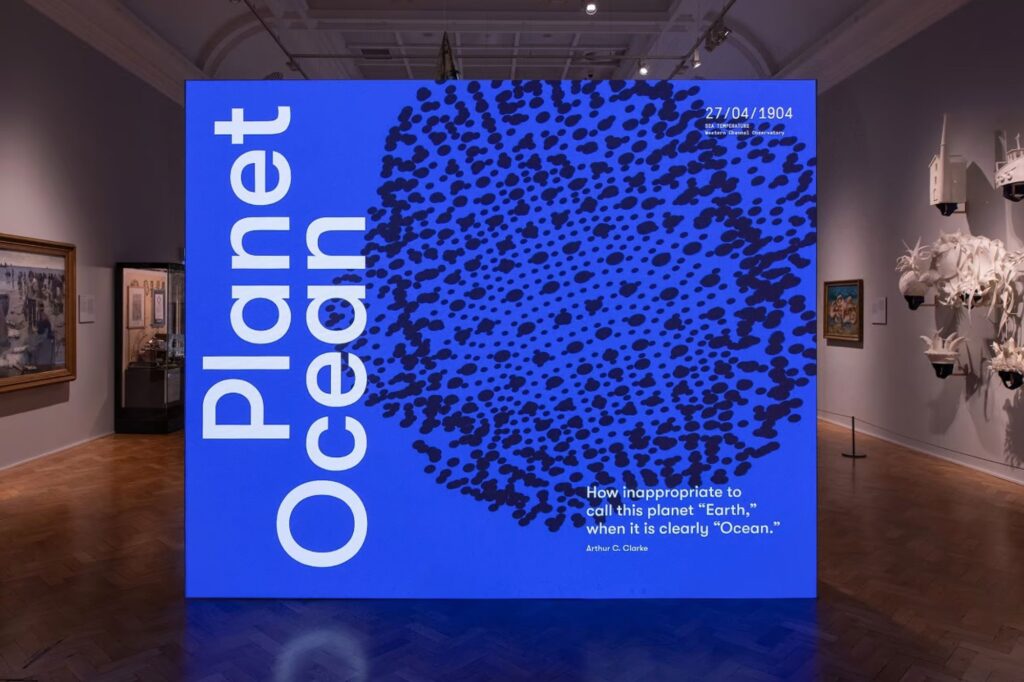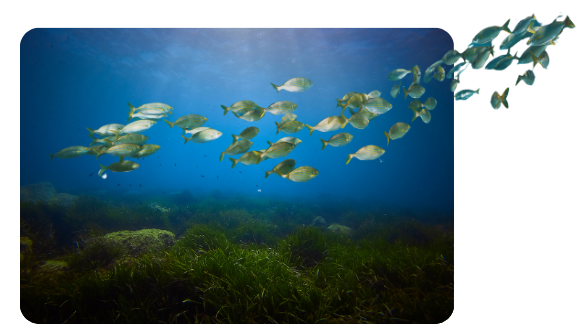Science Topic
Art Science Collaboration
Art-Science Collaboration occurs when scientific research, data or ideas are incorporated into creative media. Some famous examples include Micheal Crichton’s Jurassic Park novel (1990), Salvador Dali’s The Persistence of Memory painting (1931), or Gustav Holst’s Planets Suite (1918) which were all inspired by contemporary scientific discoveries.
Through provoking an emotional response, art can make science visceral, tangible and memorable. Art can also generate attention-grabbing headlines which can allow scientific discoveries and ideas to spread significantly further. Artists can also provide a valuable outsider perspective, asking unique questions, and exploring in new directions, or showcase the beauty of everyday science and data.
Plymouth Marine Laboratory (PML) has a long history of successful collaborations with local, national and international artists. These collaborations have let to the creation of a wide range of art, including paintings and murals, sculptures, costumes, music, poetry, pottery, video art, and more.
The Art & Science Committee is a dedicated group of PML staff whose role is build relationships with the art community, funders, and other charitable foundations in order to support joint multidisciplinary Art-Science projects. The committee is the point of contact at PML for artists who want to reach out to marine scientists for collaborations, but also for funding agencies and foundations who wish to support this work. You can reach us on forinfo@pml.ac.uk.


Selected Publications
de Mora, L., Sellar, A. A., Yool, A., Palmieri, J., Smith, R. S., Kuhlbrodt, T., Parker, R. J., Walton, J., Blackford, J. C., and Jones, C. G.: Earth system music: music generated from the United Kingdom Earth System Model (UKESM1), Geosci. Commun., 3, 263–278, https://doi.org/10.5194/gc-3-263-2020, 2020.












